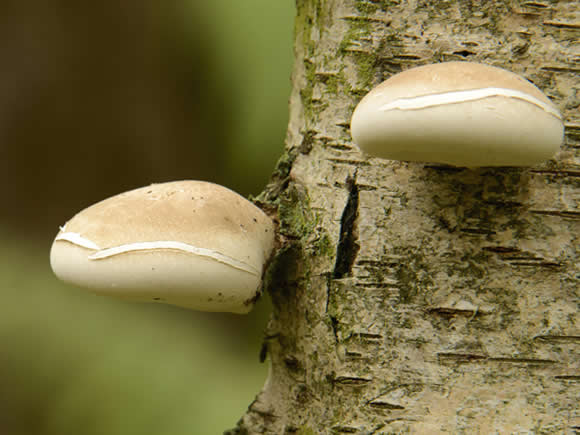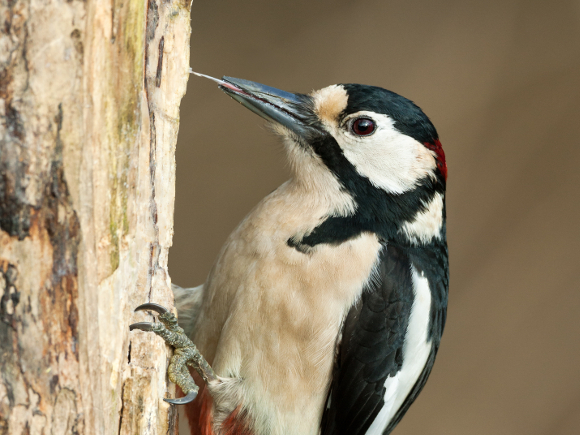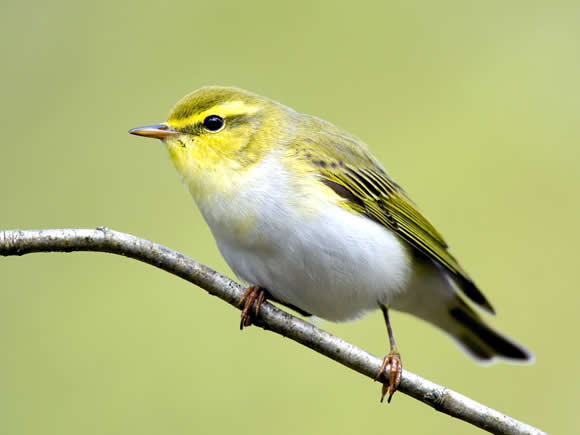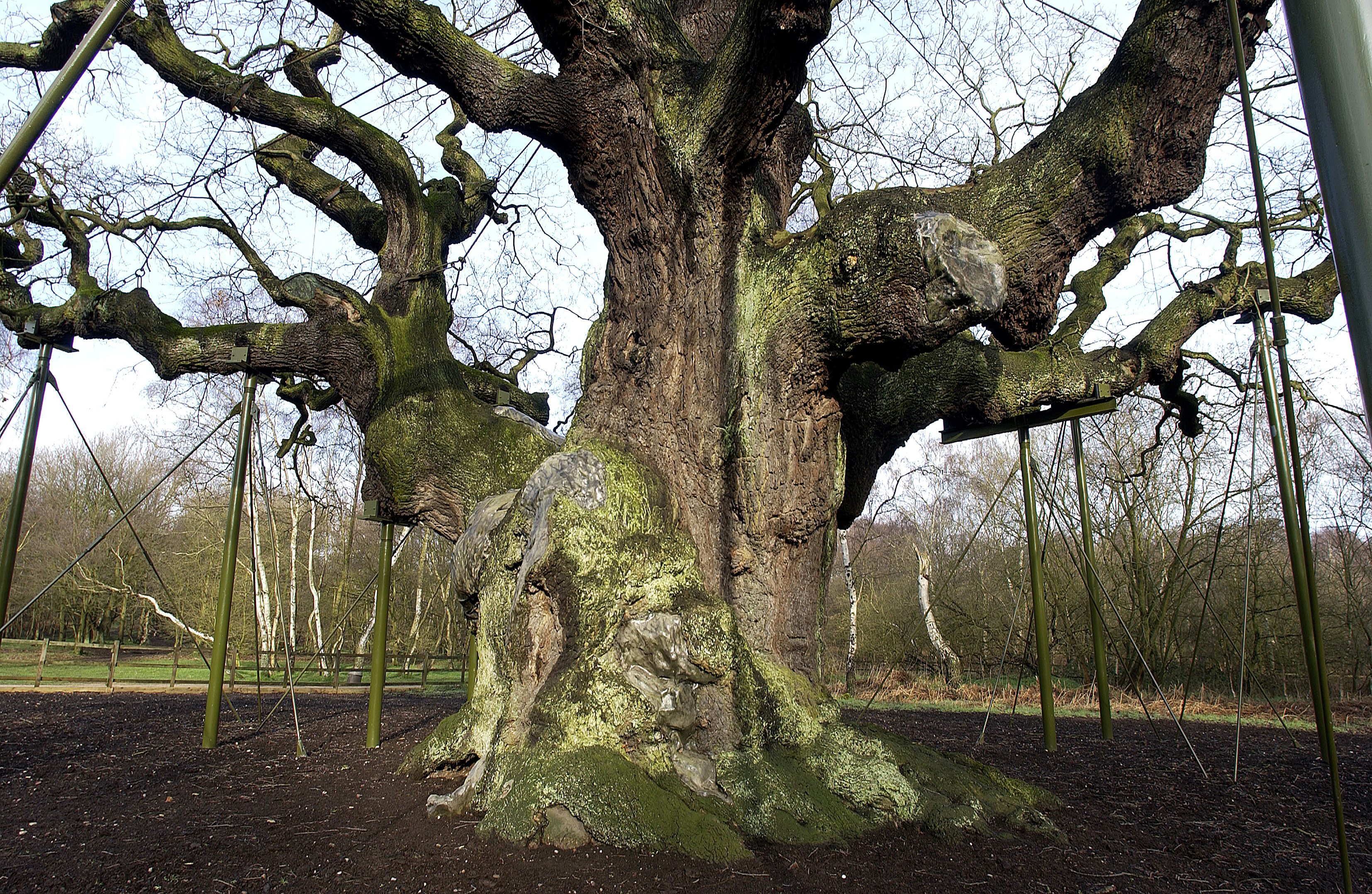Ecological value of ancient trees
Ancient trees are full of nooks and crannies, holes and dead and rotting wood. As the years go by they provide the perfect homes for thousands of species of plants, animals and fungi, including many that are rare.
Read the ancient tree guides to find out more about the special wildlife of trees.
Fungi
Ancient trees and fungi have a close relationship. Fungi recycle nutrients and help roots to absorb nutrients from the soil. They can also be extremely long lived, just like their hosts. Rather than being detrimental to ancient trees, fungi are actually thought to prolong their life.
There are two main types of fungi associated with ancient trees.
- Decomposers, which are associated with wood, leaf litter, plant and animal matter.
- Food gathering, or mycorrhizal fungi, which form symbiotic relationships with the roots of trees.
In both groups, some species are associated with a wide range of trees, whereas others are more specific in their tree choices. Fungi can act as essential decomposers and recyclers of plant remains. One particular type of decomposer, called a saprotroph, decomposes wood of standing trees and fallen trees. It transports essential nutrients for the health and growth of trees, and ‘softens’ wood making it suitable for invertebrates.

Beefsteak fungus (Fistulina hepatica) is relatively easy to identify. Look for it on ancient trees, particularly oak. (Photo: Marc de Shuyter/Alamy)

Birch polypore (Piptoporus betulinus) is also known as razorstrop fungus and grows on old and decaying birch trees. (Photo: FLPA/Alamy)

Dryad's saddle (Polyporus squamosus ) is a decomposer fungi. Its favoured hosts include elm, ash, beech, walnut and willow. (Photo: Naturepix/Alamy)

Southern bracket fungus (Ganoderma australe) can live for years. Look for it on birch, alder, oak and pine. (Photo: Sabena Jane Blackbird/Alamy)
Invertebrates
Decaying wood is incredibly important for invertebrates. Around 1,700 invertebrate species in the UK need decaying wood at some point during their life cycles. These include some of our most iconic and charismatic species, such as stag beetles.
Different invertebrates prefer decaying wood at different stages, some prefer the decay of certain trees, and others rely on the kinds of fungi living on dead wood.

Dead wood on ancient and veteran trees is an important habitat for the larvae of stag beetle (Lucanus cervus). (Photo: mzphoto11/iStock)
Birds
Many birds nest inside the cavities of older trees, such as owls, kestrels, marsh tits and treecreepers. Woodpeckers and nuthatches even excavate their own.
Others rely on mature trees for the bulk of their food. Tits and warblers search for insects in the leaf canopy, particularly when feeding their young. Wrens and goldcrests pick their prey from beneath leaves or peeling bark. Woodpeckers break into decaying wood in search of insect larvae. And many more feed on the seeds and fruits of mature trees.

Great spotted woodpecker (Dendrocopos major) excavate nest holes in old trees and chisel for food. (Photo: Andyworks/iStock)

The canopy of old trees provides food for the ground-nesting summer migrant wood warbler (Phylloscopus sibilatrix). (Photo: Andrew Howe/iStock)

Goldcrest (Regulus regulus) pick invertebrates from under the bark and leaves of trees. (Photo: northeastwildlife.co.uk)

Tawny owl (Strix aluco) nest in the cavities of old trees. (Photo: Alex Berryman/WTML)
Mammals
A number of UK mammals live for at least some of their time in woodland and most make use of trees in some way. The real specialists include squirrels, badgers, dormice, pine martens and deer.
Bats particularly like woodland too, especially those with a rich supply of insect prey and plenty of old trees with cracks and crevices that make good roost sites for bats. Rot holes, loose bark, gaps behind ivy and even holes made by woodpeckers all make potentially good roost sites for bats.
All 17 species of UK bat can be found in woods, and a few are woodland specialists.
Any tree species can be suitable, but oak and beech often seem to be the preferred option. However, bats rarely restrict themselves to one tree. They change their roost sites frequently, sometimes every two to three days, looking for small differences in temperature and humidity. For instance, in hot weather bats can suffer dehydration, but by tucking themselves up inside a damp rot hole, they can avoid this.
